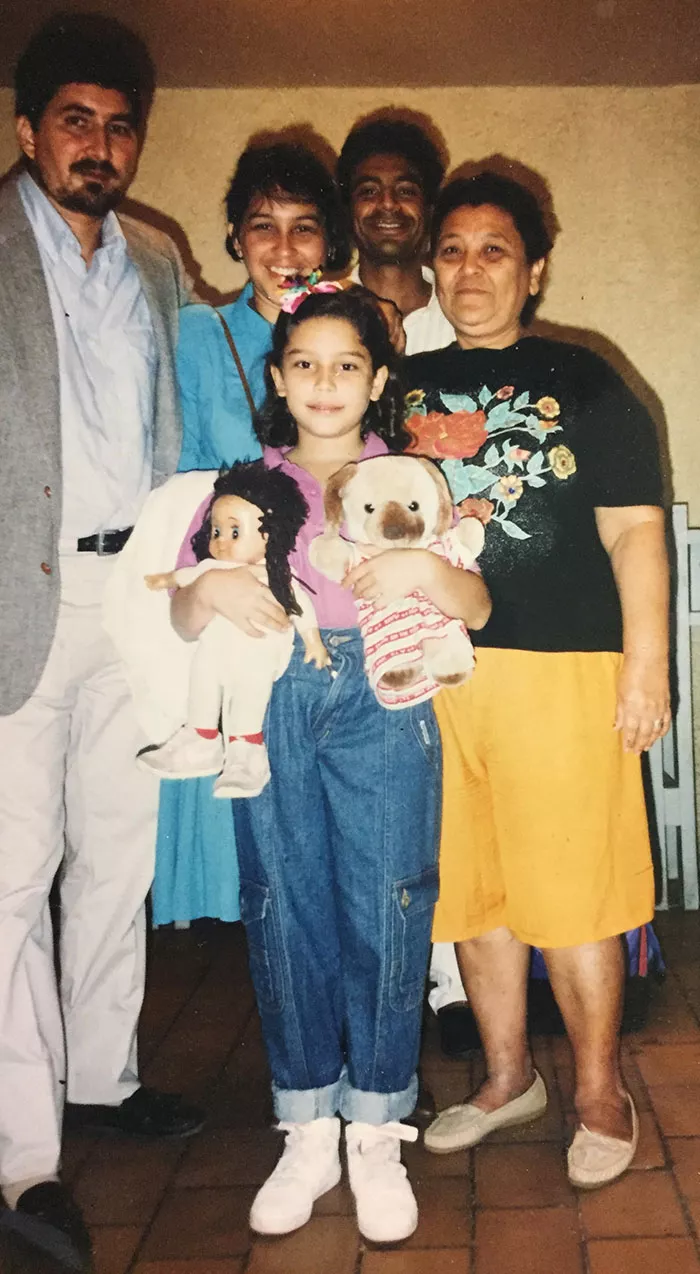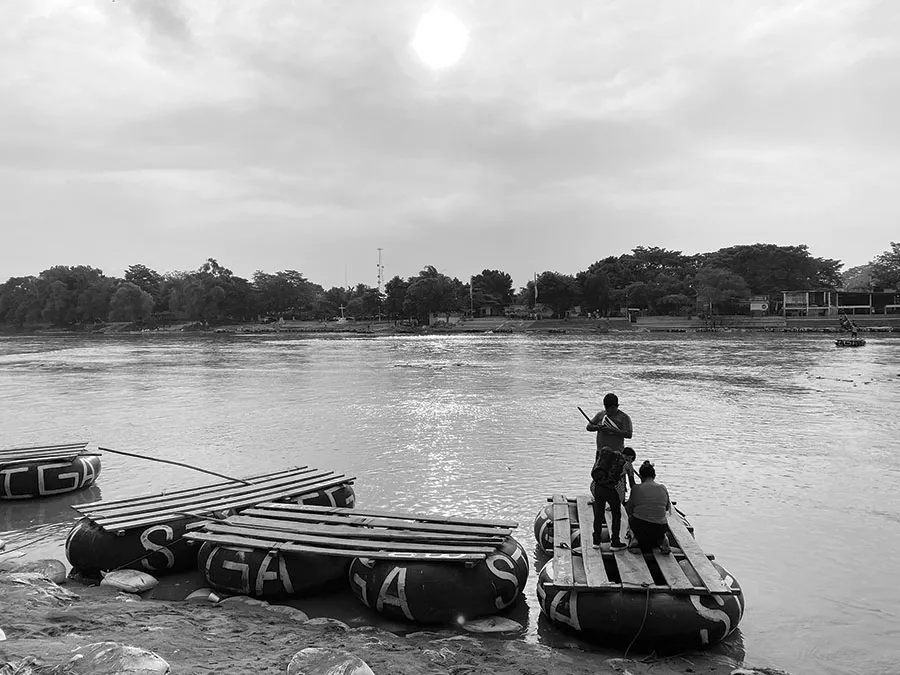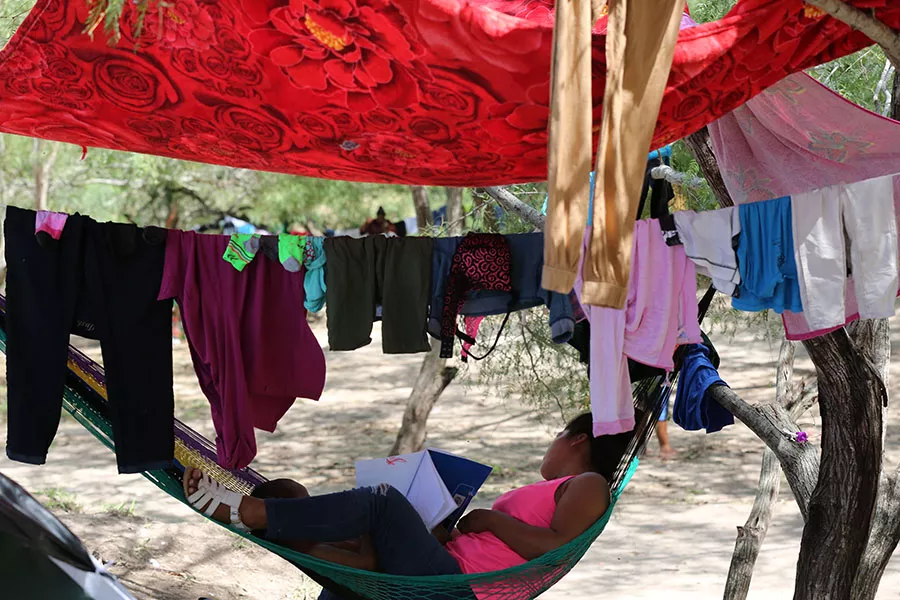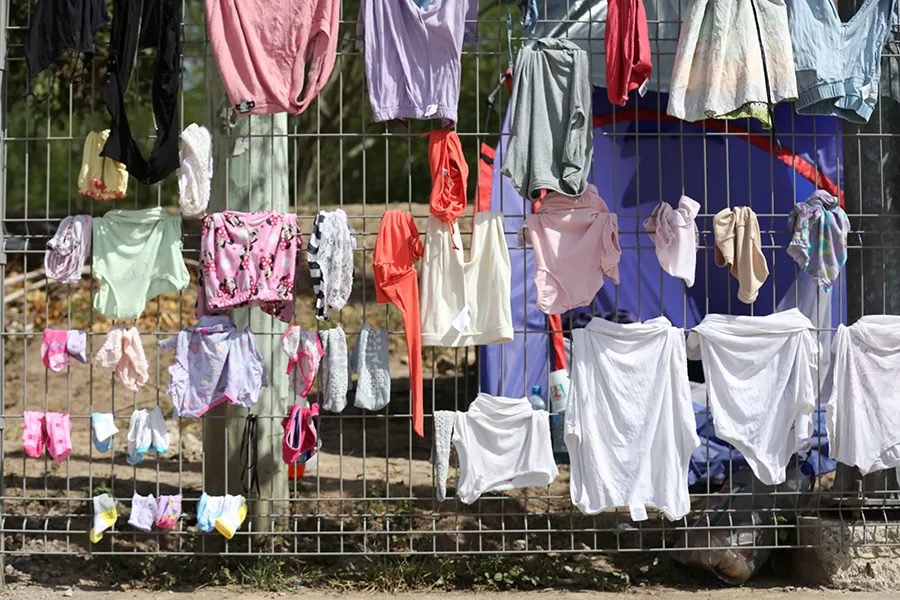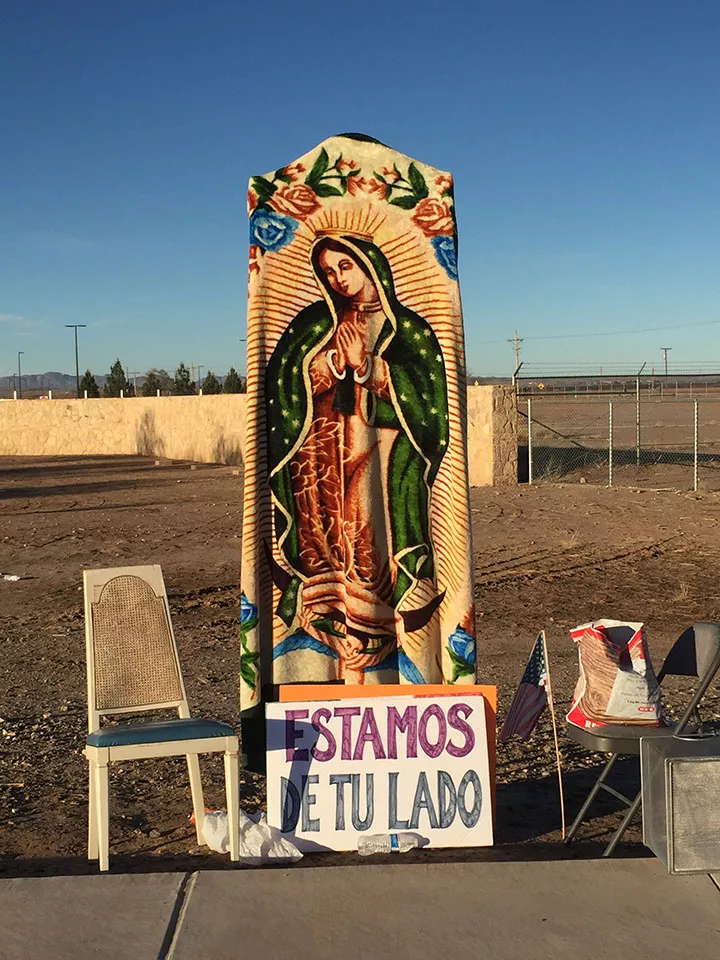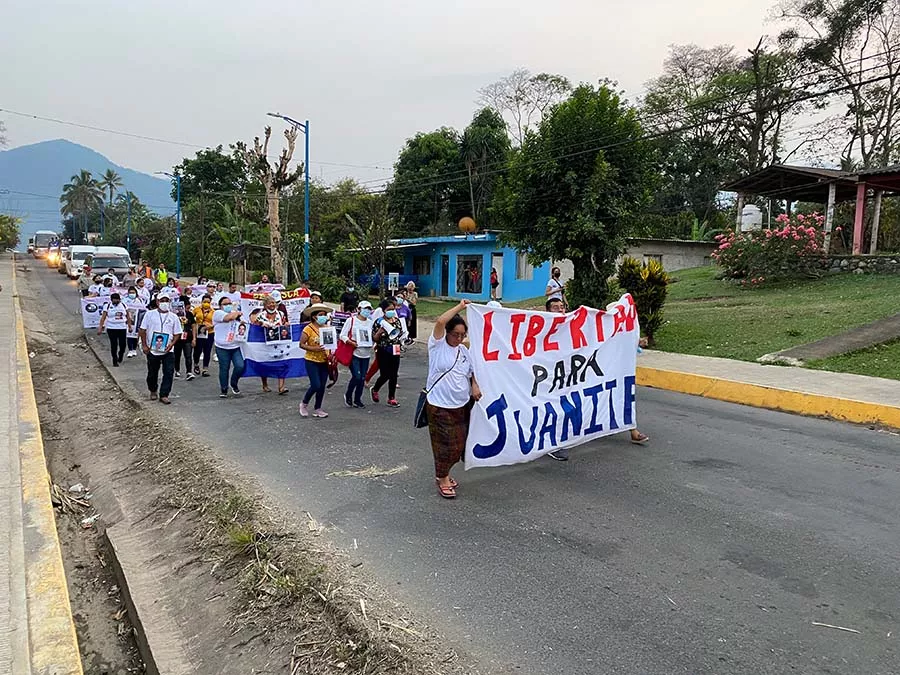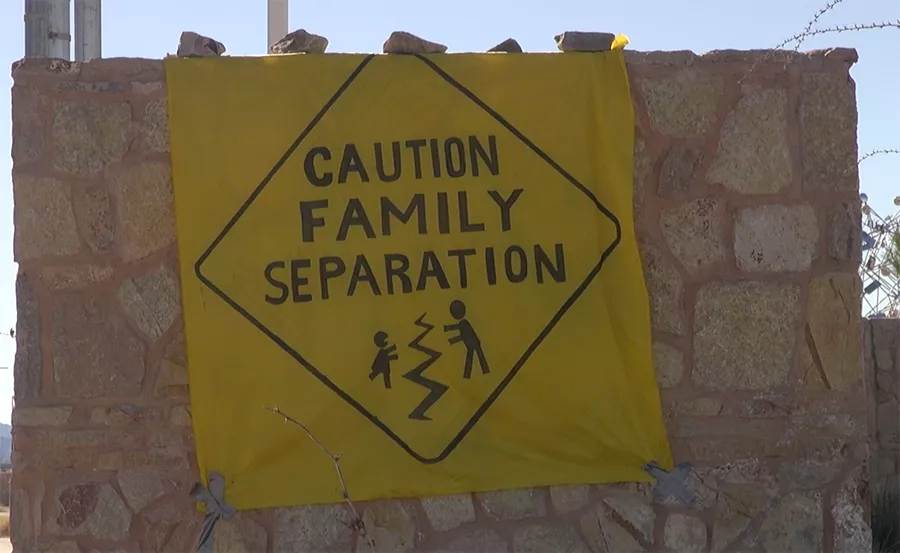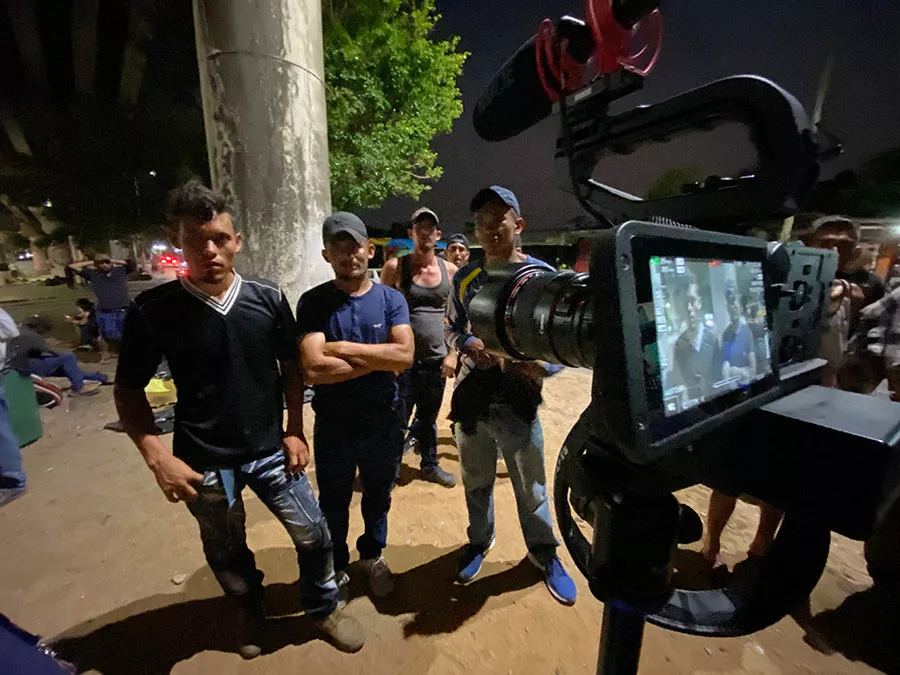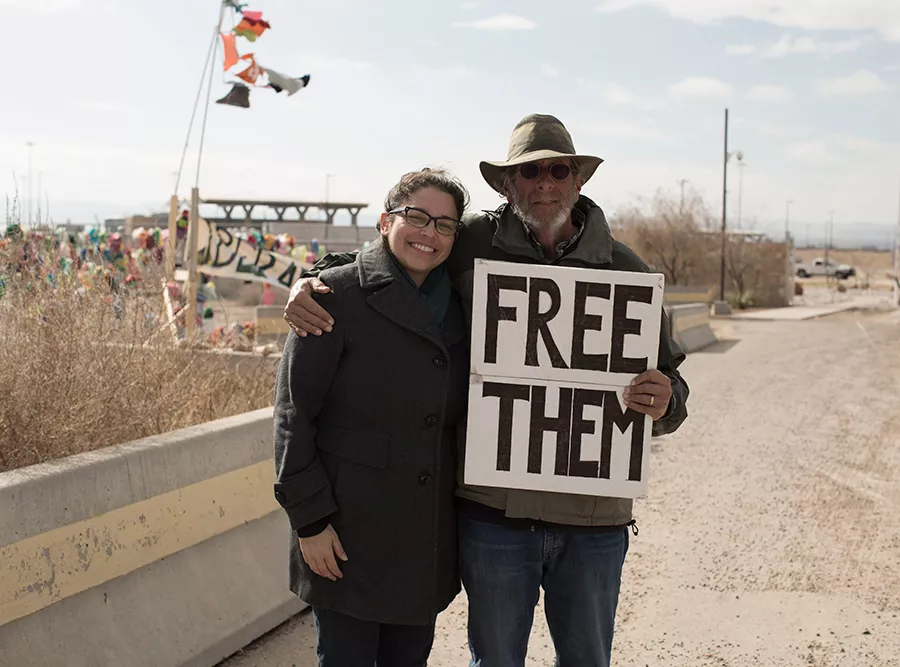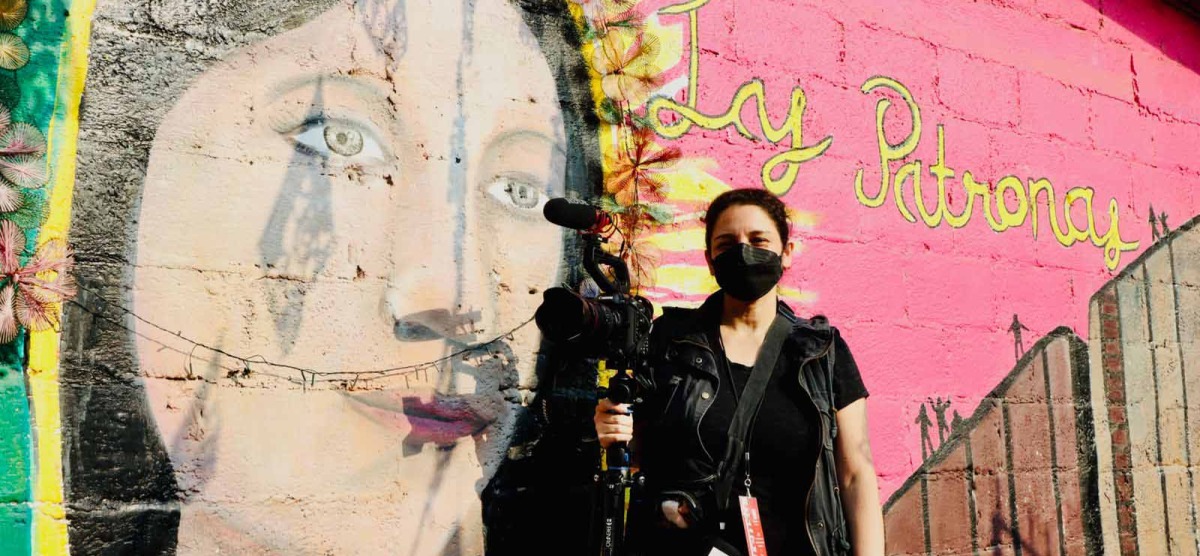
Being There
With camera in hand, an alumna and daughter of Nicaraguan immigrants bears witness on the U.S.-Mexico border.
Nicaraguan filmmaker, digital media instructor, and bilingual poet Tania Romero ’05 recently joined the communication
faculty at Villanova University. Before that, she lived in Austin, Texas, teaching film and media production. The U.S.-Mexico border, just a few hours away, became her primary research interest.
“I’ve been mostly working as an art-ivist trying to document and gather stories,” she says. “I realized the importance of documenting narratives like this because I don’t trust they’ll appear in our future history books.”
Romero, who was nine years old when she left Nicaragua with her family to live in Albuquerque, N.M., says she didn’t find her voice as a Central American immigrant until she was a student at Bryn Mawr. On campus, she associated mostly with other students of color and saw the power in being surrounded by a community “that supports you and that you can identify with.”
One Foot in, One Foot Out
“When I was born, there was a war still going on in Nicaragua, so my family struggled economically,” Romero says, referring to the decades-long Nicaraguan Revolution. Her family was able to emigrate to the U.S. during an amnesty in the early ’90s. Most of her family missed that opportunity.
“Now it’s very difficult to get a visa to come here,” she says. “My uncle and my cousin tried maybe 20 years ago without results.”
Throughout Romero’s preteen and teenage years, she traveled back to Nicaragua every summer to spend time with her extended family. The trips weren’t always easy. “There’s always a culture and language gap when you’re a child immigrant and you go back home,” she says. “Nicaraguan Spanish is very particular and when people hear that you don’t
have the accent, it’s like, ‘Who are you, gringa?’” She felt like an outsider-within. “I’ve always had one foot in, one foot out, on each side of the border.”
On the Border
In the summer of 2018, while Romero was still living in Austin, the tent city in Tornillo, Texas, was built to house unaccompanied children and teenagers from Central America. Romero grabbed a bag, got in her car and drove to the El Paso-Juarez border.
“I wanted to see it for myself because I just couldn’t believe that mi gente were living in these internment camps, like what I read in history books about World War II,” she says. She went there several times to protest until the camp was finally shut down in 2019.
Romero made other border town trips to the Brownsville-Matamoros border during the various waves of migrant caravans, witnessing its transformation from a settlement to a sprawling internment camp along the Rio Grande. “When you see how children sleep and how these families are surviving, it breaks you.” she says. “I don’t know how else to describe it, but it breaks you.”
Empowering Mothers
Recently, Romero traveled to Central America with her Villanova colleague Raúl Diego Rivera Hernández to document the effort to empower mothers searching for their missing children. She followed the 50-strong caravan of mothers as they traveled together from Honduras, Guatemala, and El Salvador, and then into Mexico City, where they demonstrated and demanded justice for relatives who have disappeared on the way to the border.
“I believe in witnessing the present as a form of activism,” says Romero. “Filming and photographing is an act of resistance against erasure, but also an act of authoring ourselves into history.”
Published on: 08/14/2022
